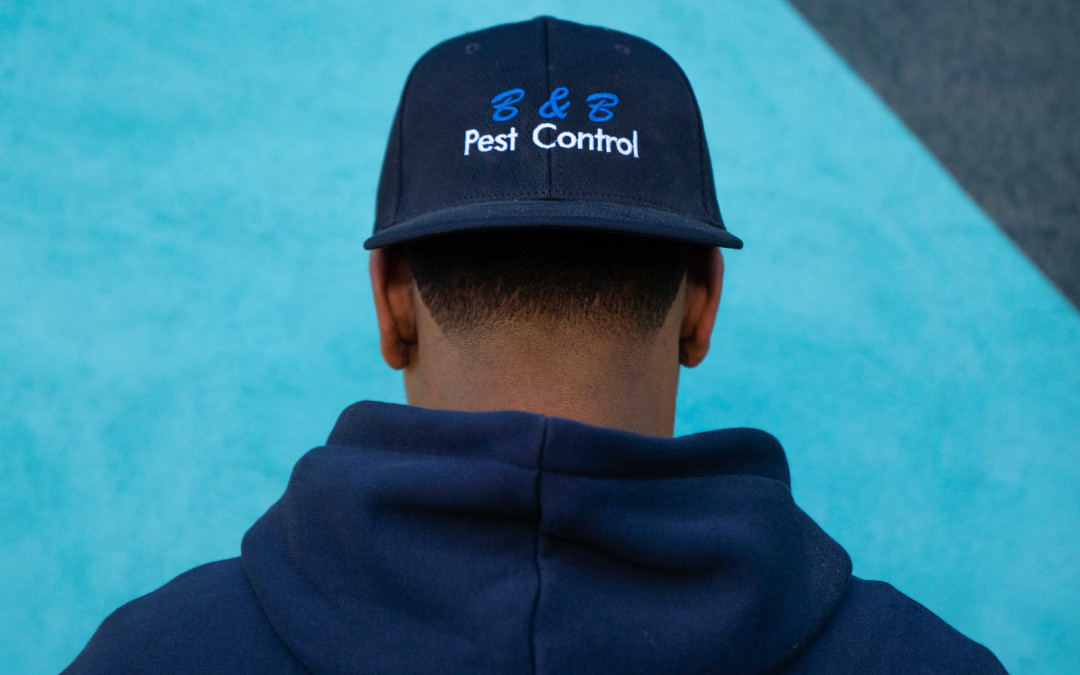While most homeowners in the US can happily claim that termites have never been an issue on their property, infestations are by no means rare, and the rate of termite infestations in the country has remained steady for decades. Despite the many effective methods that have been developed to prevent termite infestations from occurring within homes, the fact still remains that termites are crafty creatures that can manage to find their way into even the most well protected homes. However, most termite infestations that occur could have been prevented with little effort had affected homeowners taken simple measures to make their property less attractive to the destructive insects.
In order to prevent termite infestations it has become common for homeowners to have termiticide or physical barriers applied beneath the soil surrounding their home. Minimal amounts of termiticide applied around a property provides lasting protection from termite incursions, and having termiticide reapplied after an appropriate period of time is a straightforward and fairly simple procedure for licensed pest control professionals. However, keeping well groomed lawns is important for property owners, as subterranean termites can use cellulose-rich lawn debris to bypass termiticide and physical barriers. For example, if a tree branch falls onto an area of the ground that is located directly above a termite barrier, the branch can become infested, allowing termites to bypass the barrier where they can proceed to infest a home’s timber-frame. While rare, infestations of this sort have been known to occur on barrier-protected lawns where debris from trees and dead shrubs have become abundant.
Obviously, when cellulose-rich debris becomes prevalent on lawns that are not protected by a termite barrier, the risk of a termite infestation becomes high. Although the eastern subterranean termite is the most destructive termite species in the US, the insects generally avoid infesting live trees and plants. However, this species will occasionally attack the roots of live shrubs and some tree species. It is particularly important to keep a home’s foundation free of an abundance of plants and weeds, as dense vegetation traps moisture that gradually absorbs into soil and structural wood, which attracts thirsty termites. In the northeast, eastern subterranean termites may establish colonies even in the most well-groomed of lawns, but minimizing the amount of vegetation growth and dead plant and tree debris around a home will drastically reduce the chances of an infestation from occurring. Homes that are protected with a termite barrier will remain termite-free as long as owners keep cellulose-rich debris from collecting on their lawn.
Have you ever found termite damaged shrubs or trees on your lawn?

